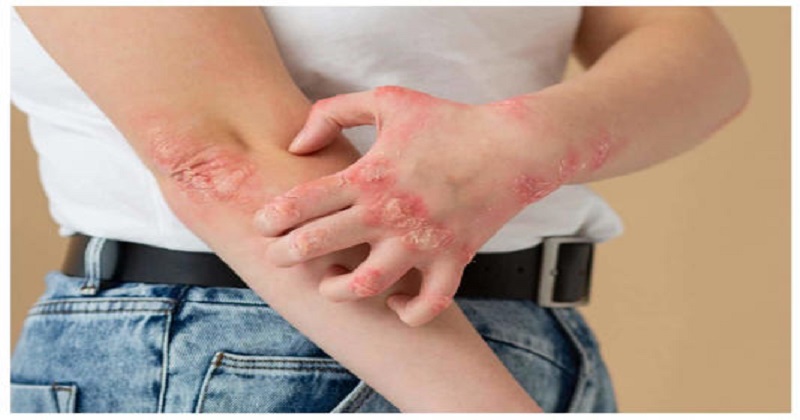
Diabetes may have an impact on the skin as well as other body parts. Some skin conditions should never be overlooked, even if not all of them are serious. Fortunately, if detected early, the majority of skin problems are curable.
Diabetes patients frequently have dry skin, blood sugar swings frequently result in blisters, red or black spots on the skin, and other skin disorders. Patients with diabetes are more likely to develop acanthosis nigricans and other skin rashes. High blood sugar, often known as hyperglycemia, is commonly a problem. Another sign of prediabetes is a rash. Once blood sugar is under control, many rashes related to diabetes go away. Skin conditions that might lead to harmful infections can be prevented with appropriate diabetes treatment.
Ulcers and non-healing wounds are frequently observed if blood sugars are extremely high, and vaginal skin is one of the most common areas to develop a rash connected to fungal (candidal) infections.
The greatest thing you can do to prevent skin problems is to keep your blood sugar levels within the range suggested by your doctor. By properly caring for your skin, you can lower your chance of getting a skin rash, an infection, or a wound that is challenging to heal.
Check your skin daily for rashes, redness, infections, or sores.
Use lukewarm water and a moisturising soap in the shower.
When using a towel to dry the skin, avoid rubbing and make sure to dry in between the fingers, toes, and folds of the skin.
Use fragrance-free moisturisers as soon as you get out of the shower to keep your skin soft and wet. Look for creams and ointments (not lotions) that include ceramide to aid in skin moisture maintenance.
Apply lotions with 10 to 25% urea (an emollient) at night to dry, cracked heels.

Post Your Comments